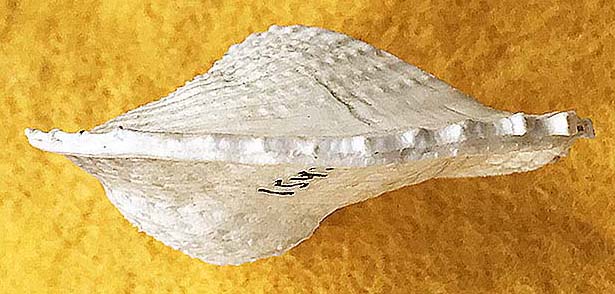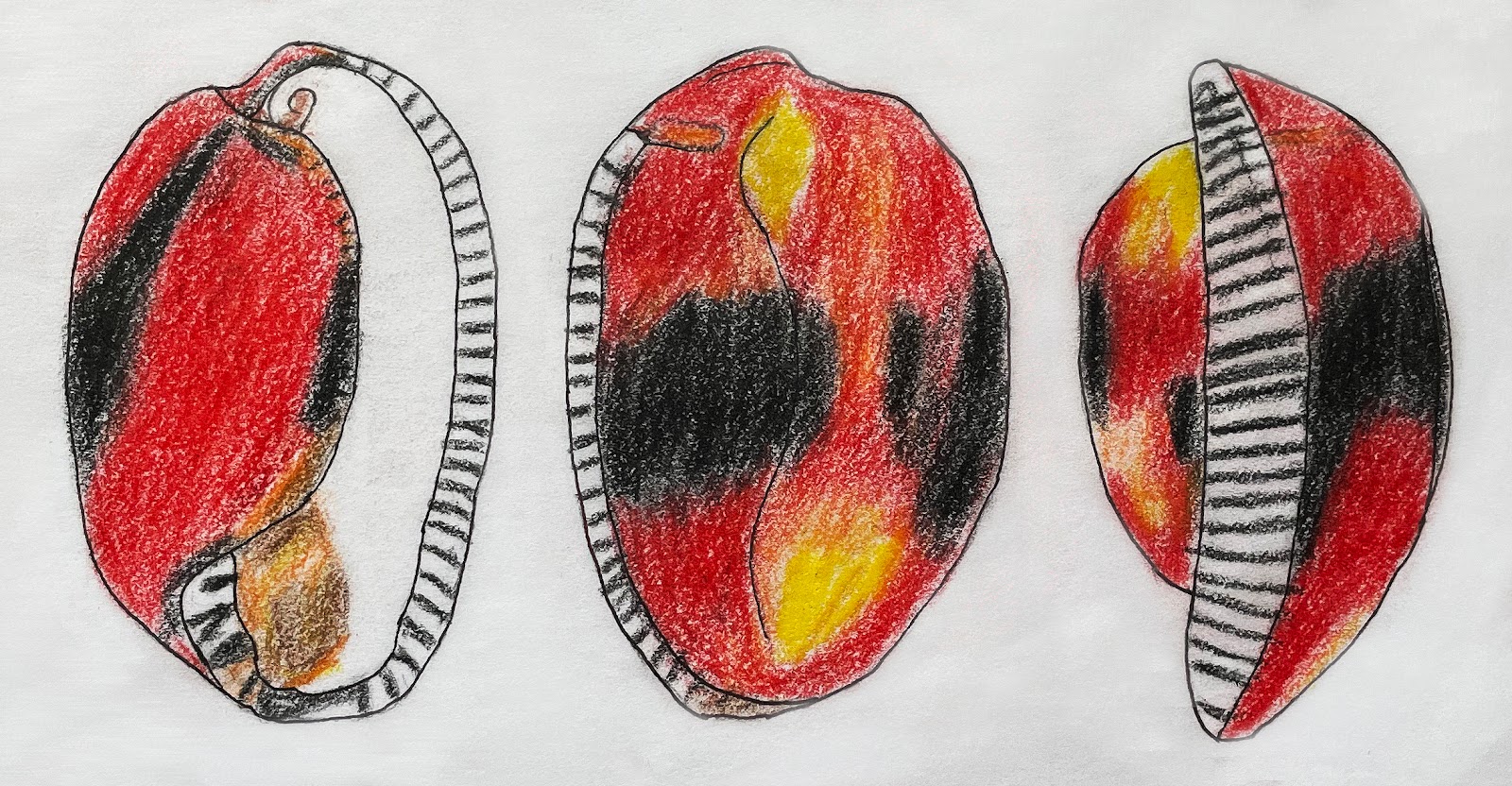Beavers are rodents that belong to family Castoridae. They have large tails that are broad, flat, and scaly but mostly without hair. These animals are medium-dog size, thickset, and adapted for aquatic habitats, as evidenced by their webbed feet. Their small eyes (they have very poor eyesight) are protected by a nictitating membrane, which is a structure generally absent in mammals. They live in lodges or in the banks of large streams and rivers. They can also inhabit small lakes. They are herbivores and eat leaves, twigs, and bark. Today, one species (Castor canadensis) of beavers lives in North America (north of Mexico, especially in Alaska and Canada), and a second species (Castor fiber) lives in Europe and Siberia.
The geologic age range of rodents is mid Paleocene to recent, and they originated apparently in the northern part of the "Old World." During the Eocene, rodents began to diversify, and late in the Eocene, Old World beavers invaded Africa. During the late early Oligocene (30 million years ago [mya]), beavers reached North America as evidenced by fossils of Microtoheriomys articulataquaticus in Montana (news.osu.edu, 2022). Their migratory route was via Berginia #1. [See one of my previous blogs concerning the northern-hemisphere land bridge that existed between Alaska and Siberia during Eocene and Oligocene times].
By Miocene time, beavers had spread into Texas, and by late Miocene they had spread also into Nebraska. Also during the Miocene, one type of beaver made large helical burrows, known as the fossil Paleocastor = Deimonelix. These large fossil burrows, which are also known colloquially as “the devils’ corkscrew, are up to 8.5 feet (2.5 m) deep, with an entrance, a middle vertical or slightly tilted spiral, and a lower living chamber.
Side view of a Paleocastor [= Deimonenlix burrow], Miocene age, Nebraska.
About 2 million years ago, during the Pliocene, the beaver genus Castor was widespread in the USA. One species even lived in the Anza Borrego area of southern California (Jefferson and Lindsay, 2006).
During the Pleistocene and until about 10,000 years ago, a second genus Castoroides of beavers evolved and lived only in the USA and Canada. Castoroides ohioensis lived throughout much of USA and Canada, whereas C. dilophidus lived primarily in Florida and South Carolina. These beavers were “giants,” because they were moderate-bear size, but they had relatively small brain cases. Their height was about 6 feet tall, and their weight was probably about 150 to 250 pounds; thus, they represent the largest known beavers ever! They went extinct about 12,000 years ago. The modern-day adult beavers can weigh up to about 50 pounds and represent the second largest living rodent after the capybaras in South America.
Comparative sizes: a) of a modern beaver and (c) the giant Castoroides ohioensis versus a 6 foot tall human.
The above diagram shows a modern-day Castor canadensis skull (on the left) versus that of a Pleistocene Castoroides ohioensis (on the right). Both skulls the eye sockets oriented "looking" upward. The colors used for the dentition (different types of teeth) are the same used in all of my previous posts on various recent and fossil examples of mammals, in case you might want to go back to those posts and view some previous skulls.
Based on current knowledge, beavers did not migrate into South America via the Panamanian land bridge (the GABI biotic interchange---see one of my previous blogs) during late Pliocene time.
How did they otherwise arrive is still a mystery? There are some who have postulated however that they most likely reached South America sometime during the middle Cenozoic, via floating on "rafts" of vegetation across the Atlantic Ocean (i.e., at least 600 miles of open ocean in the same area where hurricanes are born). This unsubstantiated concept has been “floated” since 1950.
In 1946, however, beavers were most definitely introduced by humans into southern Argentina (i.e., southern Patagonia area), in order to establish a fur trade in the region. The beavers have now spread throughout most of Tierra del Fuego and also the Brunswick Peninsula in mainland Chile. They have become very invasive to the local ecology, and the government is trying to undo this mistake via eradication of the beavers (en.Wikipedia.org).
REFERENCES
Jefferson, G.T. and L. Lindsay, 2006. Fossil treasures of the Anza-Borrego Desert. The last seven million years. Sunbelt Publications, San Diego California. 394 pp.
news.osu.edu, 2022
enWikipedia.org


















